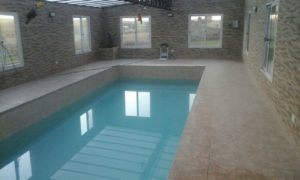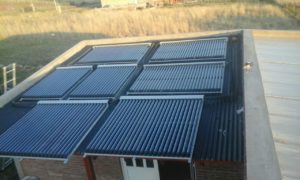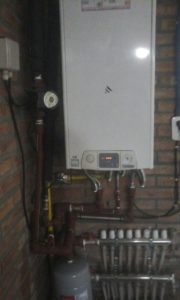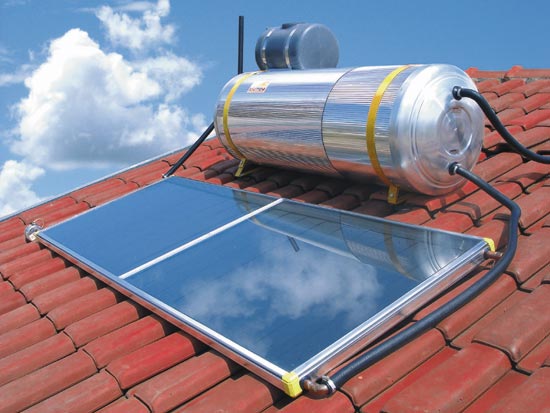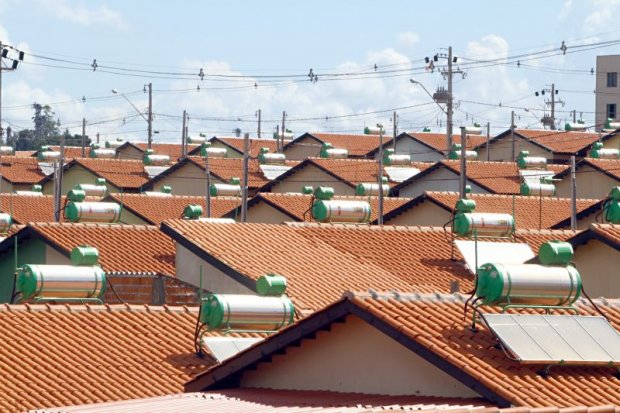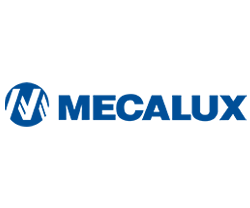The Cuban population spends between 529 and 791 GWh/year (6% of electricity) to heat water.
Considering the housing technical conditions and water service stability, 1 million Cuban families could receive hot water service using solar energy.
The first ad written in Spanish about commercial solar thermal technology, published in a mass medium communication was held in a Cuban newspaper in the 1930s.
The equipments introduced at that time were mainly from US and its high costs made them only available to economically advantaged clases of the country.
In 1978 a polygon was established to evaluate solar heating systems and the Cuban Standard for systems installation was approved in 1987.
In that period, first models adapted to island climatic conditions was developed and Cuban patent for a solar thermal compact system was obtained in 1979.
Between 1982 and 1991 they were built and installed over 13.000 solar thermal water heating systems in kindergartens and other social institutions. Most of these systems are now out of service because maintenance and technological problems.

From 1992 to 2006 about 4.000 flat collectors and compact equipments, several imported, were installed and were performed efforts to manufacture in the country.
In 2007 Chinese vacuum tube equipments were acquired for pilot test performing purpose.
Approximately 85% of the installed capacity corresponds to the tourist hotel sector.
Solar thermal systems for applications such as drying of agricultural and industrial products are also used.

The solar energy research centers carry over 2 decades working on solar drying technologies development models for timber, medicinal plants, grains, seeds and other products that now allow industrial use of these cameras and provides great economic benefit.
Very advanced solar dryers for tobacco drying and curing technologies developing have also succeeded.
The mentioned centers also work in the use of solar energy in controlled climate chambers for vegetables production and high quality seeds, refrigeration and cooling. The research focuses on potatoes, tomatoes and other products production that currently Cuba is forced to import.
Solar business in Cuba and Latam with Sopelia

